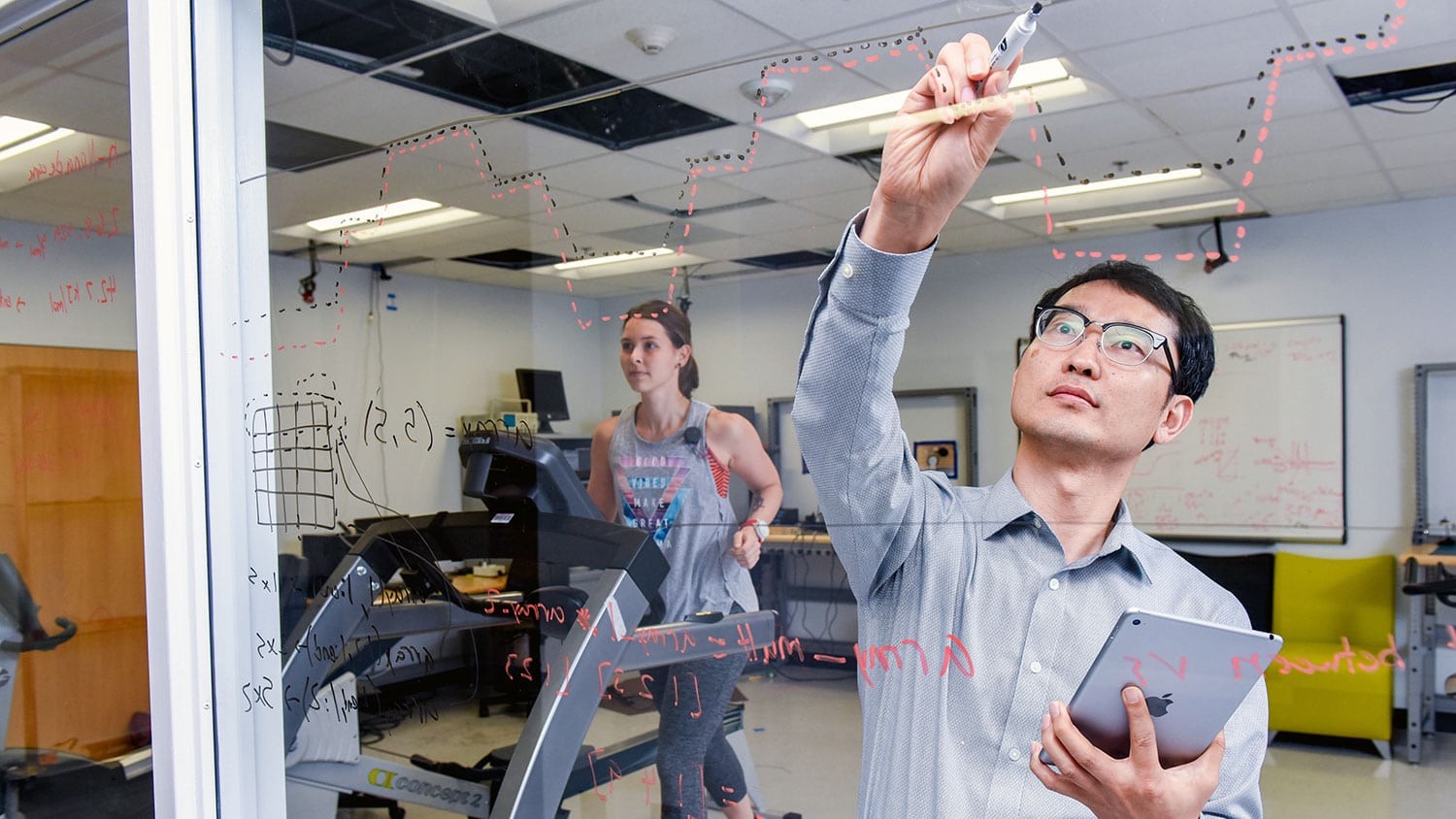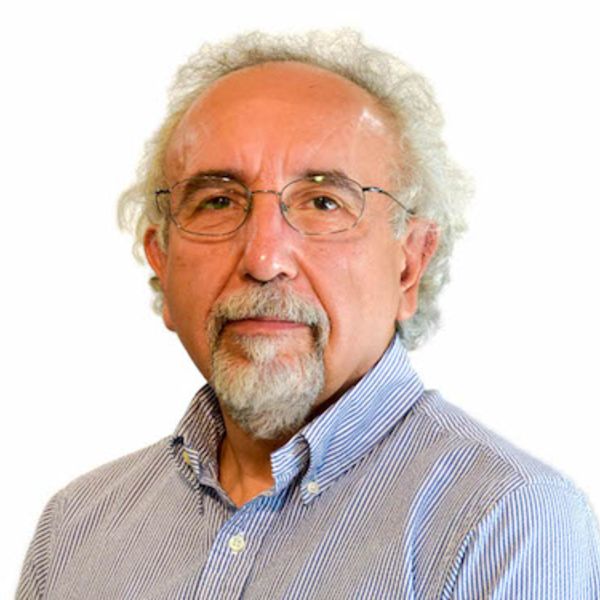
Check-Up
Platforms developed in the Center for Advanced Self- Powered Systems of Integrated Sensors and Technologies (ASSIST) allow for a wide range of health applications
May 20, 2020 ![]() College of Engineering News
College of Engineering News
When engineering researchers were tasked by the National Science Foundation (NSF) with creating wearable, self-powered health monitoring devices to help patients suffering from chronic diseases, a couple of uses came to mind early on.
The team behind the Center for Advanced Self-Powered Systems of Integrated Sensors and Technologies (ASSIST) first looked at systems that can monitor heart rate or help an asthmatic head off an attack by monitoring both his respiratory rate and the condition of the air around him. Researchers in the NSF Engineering Research Center (ERC) led by NC State, have developed research that could lead to wearables that help with wound healing, diet management for pre-diabetics and even medication compliance.
And once ASSIST platforms are built and made available for physicians and their patients, the use scenarios could continue to grow.
This can be a real disruption in health monitoring… There’s nothing like that out there right now.”
—Dr. Veena Misra
While wearable devices that count steps or even take a heart reading are popular and available on the market, the ASSIST vision dramatically increases the amount of useful health data collected and does it without forcing a patient to change batteries or recharge the device by utilizing power created by the human body. An always-on ASSIST device will produce valuable data on chronic medical conditions that will benefit not only an individual patient’s doctor but, when combined with the data from thousands of patients, physicians treating the same illnesses around the globe.
“This can be a real disruption in health monitoring,” said Dr. Veena Misra, director of ASSIST and Distinguished Professor in the Department of Electrical and Computer Engineering (ECE) at NC State. “There’s nothing like that out there right now.”
 Dual-Platform Approach
Dual-Platform Approach
NSF awarded the ASSIST ERC in 2012 to a team that includes collaborators from Florida International University, Penn State University and the universities of Michigan, Notre Dame, Virginia, Utah and North Carolina. With the award, NC State became just the second university to lead two ERCs at once and one of just two universities to ever take the lead role in three.
Over seven years, ASSIST has developed two platforms — a health and environmental tracker (HET) that measures vital signs and environmental exposures running on a long-lasting battery and a self-powered, adaptive sensing platform (SAP) that takes electrocardiogram readings and is powered by energy harvested from the human body. Along the way, research projects have broken new ground both in how much power can be pulled from the human body and in how little power sensors and radios that transmit data from a wearable to a cell phone can use to operate. One breakthrough was in using liquid metal to fabricate flexible thermoelectric devices that can pull energy from the body more efficiently.
Other research thrusts within ASSIST are working on how to make devices comfortable to wear and how to crunch all the data that will be produced from patient monitoring.
As the center moves forward, all of that work is being integrated together into these platforms that drive multiple sensors and operate in a self-powered mode.
Then the types of health monitoring cases available can grow. ASSIST researchers are also looking at what information can be drawn from sweat or interstitial fluid from just beneath the skin. With that type of data, physicians might be able to tell whether a diabetic patient is following dietary guidelines or whether the person wearing the device is taking her medication on schedule.
Out of the Lab
ASSIST platforms allow for a wide range of health applications”
ERCs receive funding from NSF for 10 years. With year eight on the horizon, ASSIST’s leadership team is already looking toward funding that would keep the center going past a decade and what its vision would be.
During a site visit with NSF officials in 2019, ASSIST successfully demonstrated a self-powered electrocardiogram wearable that is built into a shirt.
“We are going to focus in year eight on maturing it, working with external partners to scale it and reliably test it and then, hopefully, commercialize it,” Misra said. Other versions of an ASSIST platform could take the form of a wristband or even a device worn under the skin.
Finding an industry partner to produce an ASSIST device is an ultimate goal, but some of the center’s technology may find uses elsewhere. The energy harvesting advances, for instance, could help industrial machines make use of the heat they produce for devices that sense temperature, humidity or vibration.
For now, ASSIST’s work is being put through small-scale clinical trials at the School of Medicine at UNC-Chapel Hill to test their usefulness for physicians.
“I think success for ASSIST will be putting together systems that work and that can be used in small-scale medical studies to prove the concept,” said Dr. Mehmet Ozturk, ASSIST deputy director and professor in ECE. “I think we need the doctors’ word that yes, indeed these devices are useful for monitoring these conditions.”
Original article from College of Engineering News

